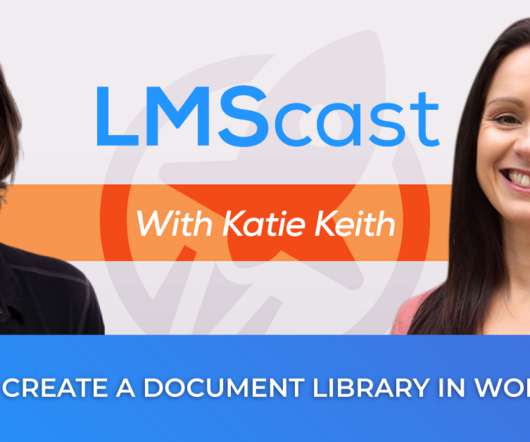Use Your Learning Goals to Bring Balance to Your Training Programs 2/3:Application & Analysis
CrossKnowledge
MARCH 25, 2019
Bloom’s Taxonomy, a tool popularized by instructional designers, neatly sorts all learning processes into six skill levels. Frequently used by trainers to prepare their programs, this hierarchical model also helps L&D managers assess learner needs and set tailored learning objectives. The ins and outs of Bloom’s Taxonomy.






































Let's personalize your content